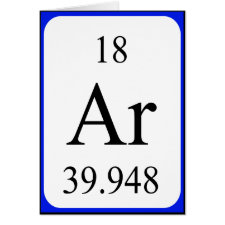
Authors: Kim H, Guiochon G
Article Title: Thermodynamic studies on the solvent effects in chromatography on molecularly imprinted polymers. 1. Nature of the organic modifier.
Publication date: 2005
Journal: Analytical Chemistry
Volume: 77
Issue: (6)
Page numbers: 1708-1717.
DOI: 10.1021/ac040155f
Abstract: Molecularly imprinted polymers (MIPs) are used as highly enantioselective stationary phases in liquid chromatography. To optimize the binding performance of MIPs, different types of polar modifiers are frequently used. Previous studies have shown that the hydrogen-bonding donor parameter (HBD) of the modifier has a large influence on the binding performance of MIPs in chiral separations. This possibility is addressed in a detailed thermodynamic study of a Fmoc-L-tryptophan (Fmoc-L- Trp) imprinted polymer, eluted with four different polar modifiers, i.e., THF, propan-2-ol, methanol, and acetic acid, which have different HBDs (0.00, 0.33, 0.43, and 0.61, respectively). Adsorption isotherm data for each enantiomer in each of these organic modifiers were acquired by frontal analysis over a 20 000 dynamic concentration range. Nonlinear regression of the isotherm data, along with independent calculation of the affinity energy distributions, identified four different types of binding sites coexisting for the enantiomers on the MIP. The exception was acetic acid, which has the highest HBD. In this case, three types of binding sites only coexist on the MIP. The isotherm parameters obtained from these data show the following: (1)The association energies of the two enantiomers with a given type of sites have a similar magnitude; however, the density of the sites is higher for the template than for its antipode. (2) The nature of the organic modifier has a larger influence on the density of high-energy sites than on the association constant of these sites. (3) The molecular size of the organic modifier has a larger influence on the site density (especially for Fmoc-D-Trp) than does HBD. (4) Using an organic modifier with a higher HBD reduces the enantio-selectivity on each site. (5) High-energy sites are more enantioselective than low-energy ones. (6) Using an organic modifier with a high HBD causes a larger reduction in the density of high-energy sites approached by the template molecules
Template and target information: Fmoc-L-tryptophan, Fmoc-L-Trp



Join the Society for Molecular Imprinting

New items RSS feed
Sign-up for e-mail updates:
Choose between receiving an occasional newsletter or more frequent e-mail alerts.
Click here to go to the sign-up page.
Is your name elemental or peptidic? Enter your name and find out by clicking either of the buttons below!
Other products you may like:
 MIPdatabase
MIPdatabase









